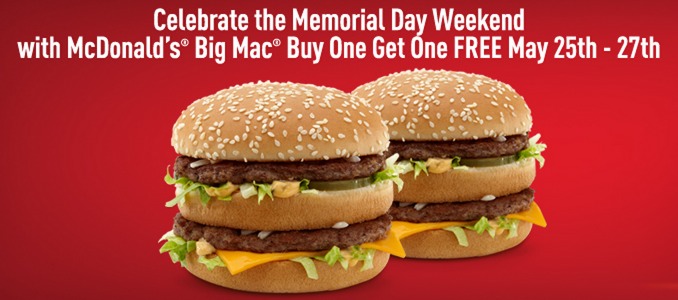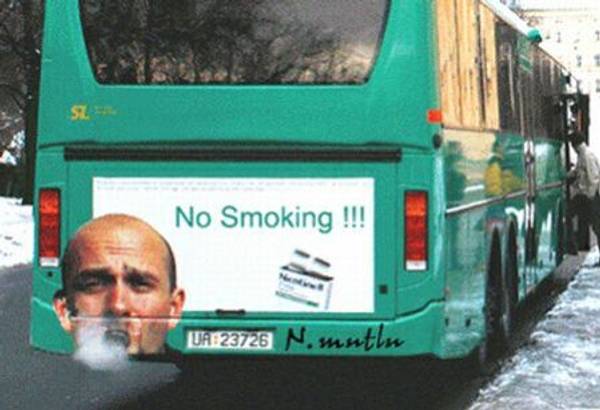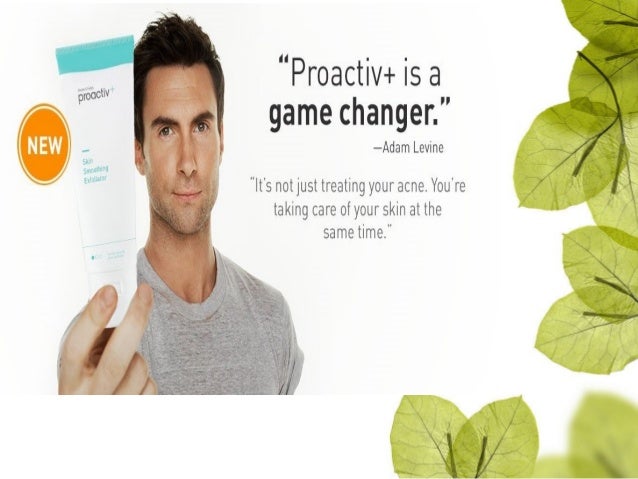Basic Persuation Techniques on A
1. Association:
This persuasion technique tries to link a product, service, or idea with
something already liked or desired by the target audience, such as fun,
pleasure, beauty, security, intimacy, success, wealth, etc.
Example:

2. Bandwagon:
Many ads show lots of people using the product, implying that "everyone is
doing it".
Example:

3. Beautiful people: Beautiful people uses good-looking models (who may
also be celebrities) to attract our attention.
Example:

4. Bribery:
This technique tries to persuade us to buy a product by promising to give us
something else, like a discount, a rebate, a coupon, or a "free gift.”
Example:

5. Celebrities: We
tend to pay attention to famous people. Ads often use celebrities to grab our attention.
By appearing in an ad, celebrities implicitly endorse a product; sometimes the
endorsement is explicit.
Example:
.jpg)
6. Experts:
We rely on experts to advise us about things that we don’t know ourselves.
Scientists, doctors, professors and other professionals often appear in ads and
advocacy messages, lending their credibility to the product, service, or idea
being sold.
Example:

7. Explicit claims: Something is "explicit" if it is
directly, fully, and/or clearly expressed or demonstrated. Some ads state the
price of a product, the main ingredients, where it was made, or the number of
items in the package.
Example:

8. Fear:
This is the opposite of the Association technique. It uses something disliked
or feared by the intended audience like bad breath, failure, high taxes or
terrorism to promote a "solution.” Ads use fear to sell us products that
claim to prevent or fix the problem.
Example:

9. Humor:
Many ads use humor because it grabs our attention and it’s a powerful
persuasion technique. Advertisers make us laugh and then show us their product
or logo because they’re trying to connect that good feeling to their product.
Example:

10. Intensity:
The language of ads is full of intensifiers, including superlative,
comparatives, hyperbole, exaggeration, and many other ways to hype the product.
Example:

11. Maybe:
Unproven, exaggerated or outrageous claims are commonly preceded by
"weasel words" such as may, might, can, could, some, many, often,
virtually, as many as, or up to.
Example:

12. Plain folks:
This technique works because we may believe a "regular person" more
than an intellectual or a highly-paid celebrity.
Example:

13. Repetition:
Advertisers use repetition in two ways: Within an ad or advocacy message,
words, sounds or images may be repeated to reinforce the main point. And the
message itself (a TV commercial, a billboard, a website banner ad) may be
displayed many times.
Example:

14. Testimonials:
Media messages often show people testifying about the value or quality of a product,
or endorsing an idea. They can be experts, celebrities, or plain folks.
Example:

15. Warm & fuzzy: This technique uses sentimental images (especially
of families, kids andanimals) to stimulate feelings of pleasure, comfort, and
delight. It may also include the use of soothing music, pleasant voices, and
evocative words like "cozy" or "cuddly.”
Example:

That’s all the Basic
Persuation Techiques in Advertisement. Enough and thank you.
Komentar
Posting Komentar